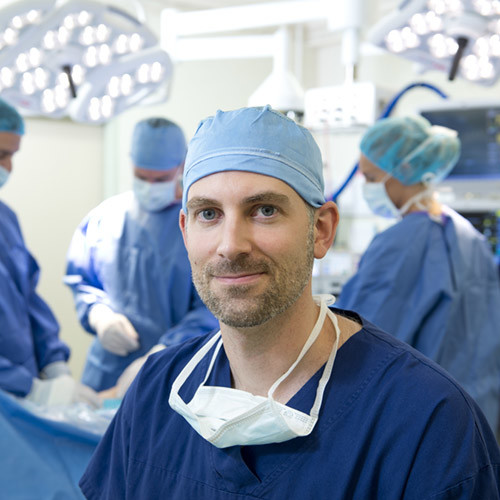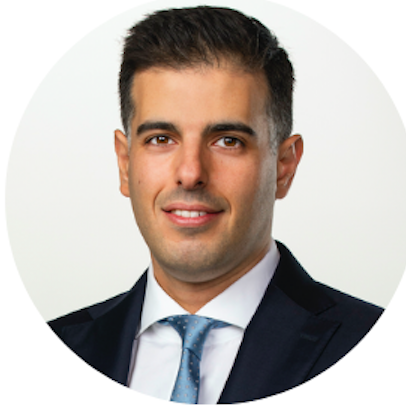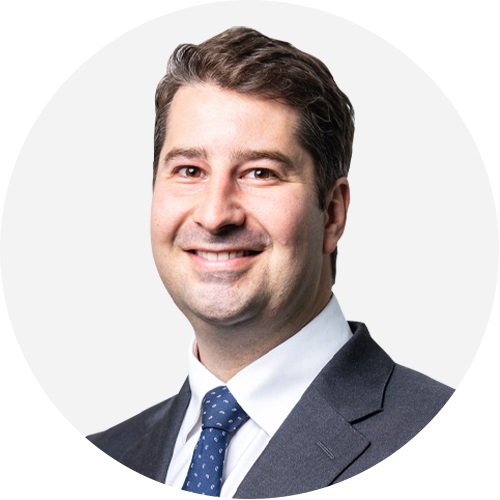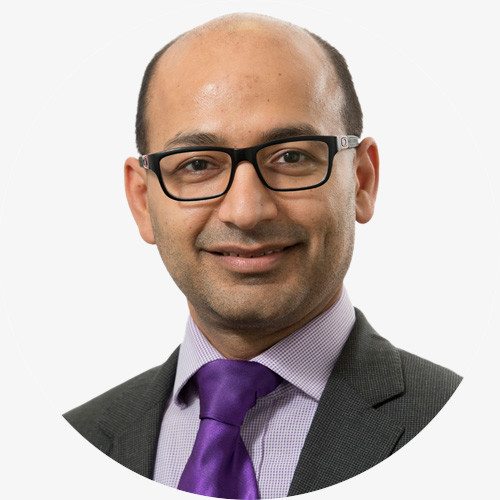Trauma
Orthopaedic trauma refers to injuries of the muscles, tendons, ligaments, joints, nerves, blood vessels, or related soft tissues that most commonly occur during sports, exercise or any other physical activity.
Trauma may be a result of accidents, poor training practices or with use of improper gear. Injuries may also be caused when an individual is not medically fit or because of insufficient warm up and stretching exercises. Musculoskeletal injuries are a group of painful disorders that arise due to wear and tear resulting in impairment in the functioning of the musculoskeletal system.









